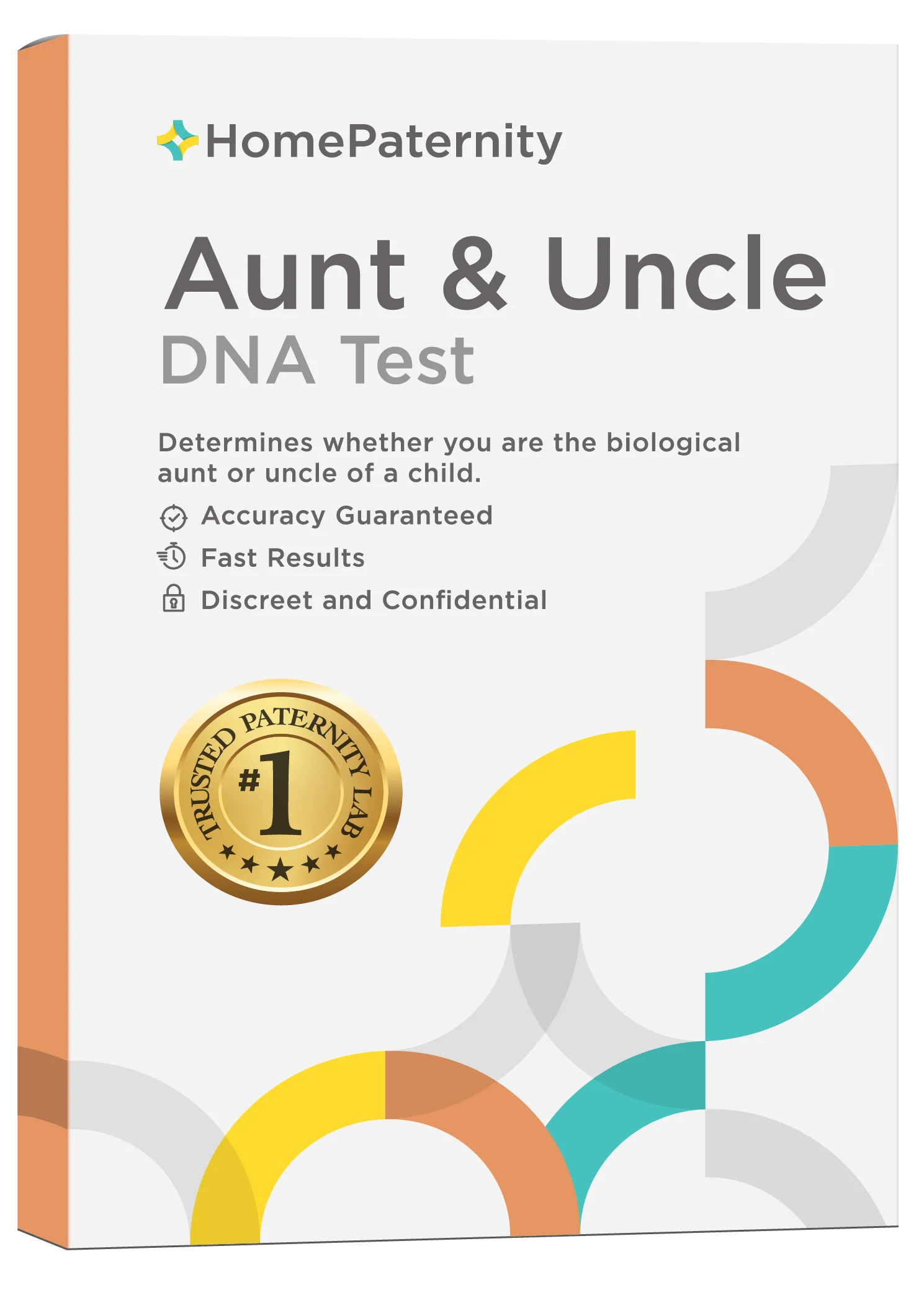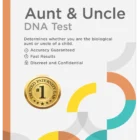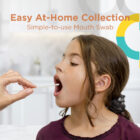Description
Accuracy Guaranteed
Up to 34 genetic regions testedDiscreet
Get answers privatelyAABB Accredited Lab
Results from the most accredited lab in the worldEasy At-Home Test
No doctor’s visit required
Get clarity about your relationships with a grandparent DNA test.
Order an at-home Aunt/Uncle DNA test and get answers to help you move forward.
Why Us?
As a world leader in DNA testing with over 25 years of experience and over 20 million tests performed, we don’t use third-party labs. Our in-house lab has earned the highest amount of accreditations attainable and is based in the U.S.A. Tests are run TWICE in our AABB, ISO 17025, CAP, & CLIA accredited lab and examine 34 genetic markers, confirming paternity with the highest accuracy—99.999%+.
Accreditations
Frequently Asked Questions
Which family members should take part in an aunt/uncle DNA test?
Typically, an aunt/uncle DNA test involves the child and either a possible father’s brother or sister. Whenever feasible, the child’s mother should also provide her DNA for testing, as her involvement can strengthen the results.
What happens if the paternal aunt/uncle is not a full sibling of the possible father?
Testing half-siblings of the possible father is not feasible. For the most conclusive results, the aunt/uncle must be a full sibling of the possible father.
Can first or second cousins be tested instead of an aunt or uncle in an aunt/uncle DNA test?
No; the participation of cousins isn’t helpful for this type of DNA testing or any other type of relationship test, since the percentage of DNA they might share with the child in question is low. The participants in the test should be the child, the possible father’s sister or brother, and the mother of the child.
Can I get a legal aunt/uncle DNA test?
No, HomePaternity does not currently offer an aunt/uncle DNA test that can be used for legal purposes. Please contact our partners at DDC for a legal DNA test (800) 871-8575.
What do the results of my aunt/uncle DNA test mean?
Interpreting the results of an aunt/uncle DNA test can be a little more challenging than a typical paternity test. Calculations for an aunt/uncle DNA test involve statistics, so the results will appear as a probability of relationship (which is shown as a percentage):
- Above 90.9%: the relationship is supported by DNA testing
- 9.09% – 90.9%: inconclusive result and additional parties need to be tested
- Below 9.09%: the relationship is not supported by DNA testing
If a probability of relationship (PRI) of 92% is given for an aunt/uncle test, the result could be understood as: “There is a 92% probability that the persons tested share a biological relationship.”



























